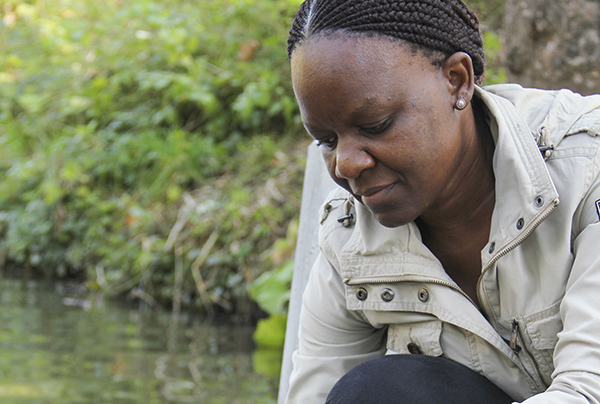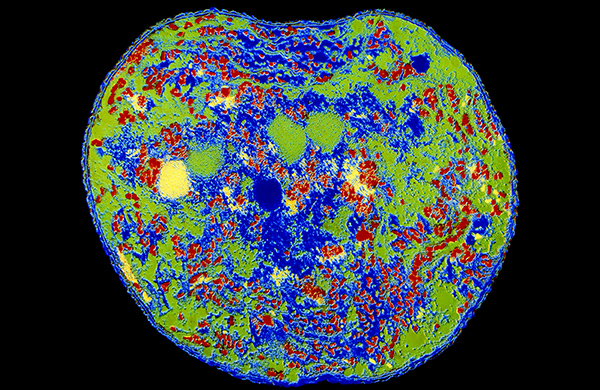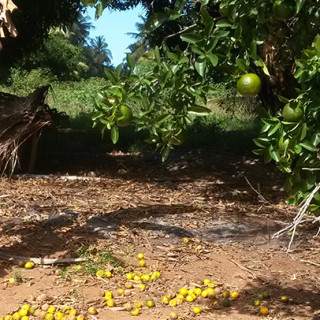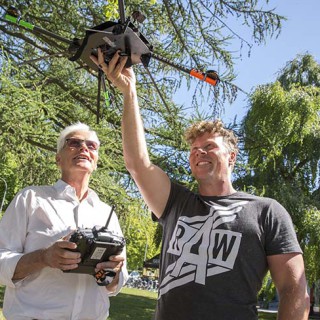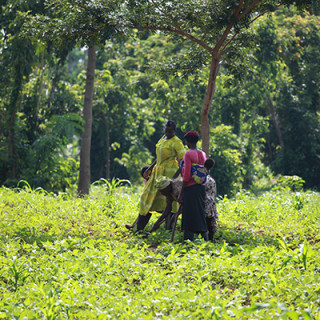Super detector tracks toxic algae
A ’super detector’ that can track the traces of a lump of sugar in the Baltic Sea – that was the starting point for a potentially life-saving technique developed at Lund University in Sweden. The method may now detect small traces of toxic algae blooms in drinking water.
A biosensor recently developed at Lund University can detect substances at 10,000 times lower concentrations than what is currently possible. During her time as a doctoral student at Lund University, Lesedi Lebogang found a practical application that could be particularly helpful in warm climates, such as Africa, where drinking water is affected.
Toxic algae, or cyanobacteria, are seen increasingly around the world, as a result of over-fertilization and global warming. Early detection could save lives and make efforts to clean up drinking water sources easier and more efficient. The technique uses a portable, affordable and quick to use device.
So how does the detector work? Simply put, the sensor picks up small biochemical signals that are then amplified and converted into measurable electric signals.
Lesedi Lebogang was able to further develop the sensor by using adding antibody chemicals that track toxins in cyanobacteria. When the bacteria burst, they release a variety of toxins that the antibodies respond to, and the sensor reacts.
”Adapting the analytical system to a real life situation was the most challenging part of the research”, explains Lesedi Lebogang.
Lesedi Lebogang plans to continue her research back in Botswana.
Text: Kristina Lindgärde
The original detector device was developed by biotechnology researchers Bo Mattiasson and Martin Hedström at Lund University.


